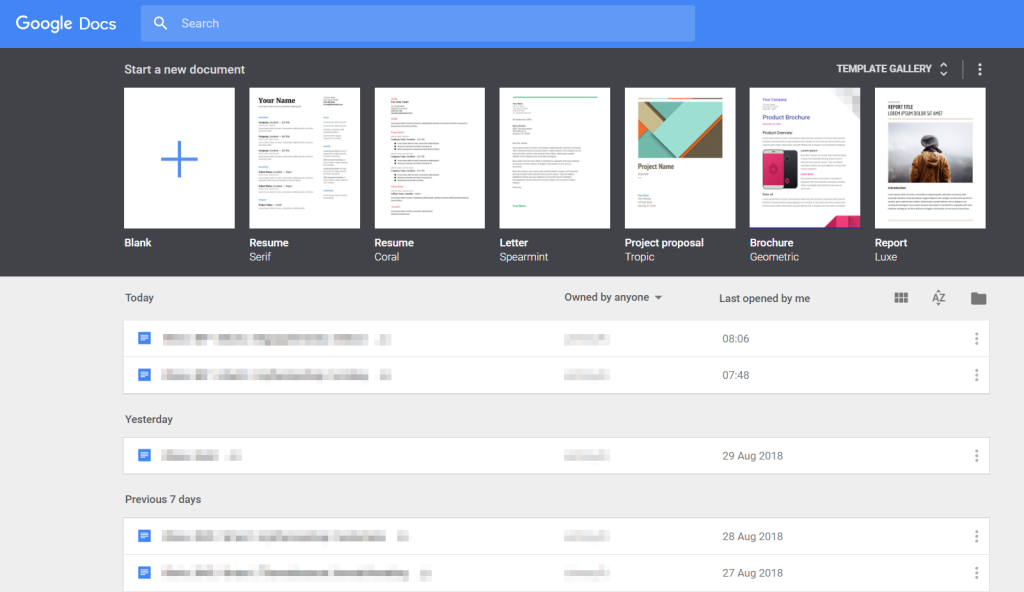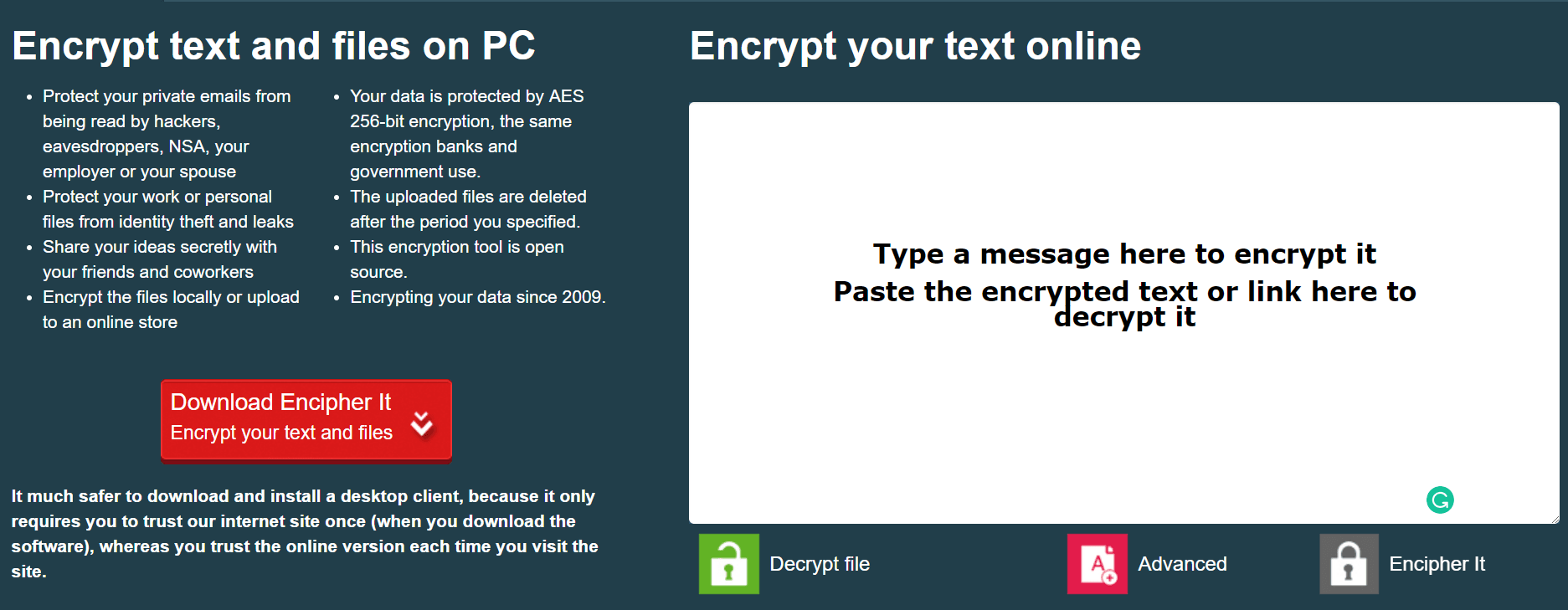Shadow IT: Cyber Threats Every Tech Business Should Know About
Most technology businesses don’t have complete control over the quantity, quality and subject matter of data that is coming and going within their own company, regardless of the high-level cybersecurity they think they have in place.
Employees, in their effort to make work easier or improve their in-office experience, tend to use multiple apps and technologies to transfer or discuss sensitive data. And often, these channels are outside the purview of the company’s IT department.
The rise of this unauthorized movement of data through ‘hidden’ channels poses a great risk to companies. And there’s a name for this threat: Shadow IT.
Shadow IT, BYOD, and Cloud Storage
In most cases, Shadow IT doesn’t become Shadow IT until a company realizes they’ve lost control over their digital assets. That’s when they start to wave the term around, connecting it to another network security jargon: Bring Your Own Data or BYOD.
What is BYOD?
Right from the beginning, organizations that deal with sensitive data discuss their BYOD policies with employees. They clearly state what employees can and can’t do, and the possible implications to the company, as well as the employee, if a breach does happen.
Unfortunately, organizations can only control and monitor so much. The following are common examples of BYOD practices done by employees that are a cause for concern:
- Bringing and using a phone within company premises.
- Inserting a USB storage device into company devices
- Using unsecured Google Docs or other cloud apps for managing company data
- Using instant messaging apps for transferring or discussing sensitive data

The Dangers of Cloud Storage
Employees use more cloud apps than IT professionals within an organization would expect. This gives way to what’s called ‘broadly shared files’, which are essentially files that can be accessed by multiple parties, including those within and outside the company, through a link.
The danger is fairly obvious. As soon as a malicious hacker gets a hold of the link, he’ll have access to that data.
What Can Tech Businesses Do to Prevent A Loss of Control?
Fortunately, there are ways to elevate the level of security within a company to combat or minimize the threats of Shadow IT. They are the following:
1. Know the company’s vulnerabilities.
Ethical Hacking
In order to secure a company’s confidential data, either from the threats of Shadow IT or any other cybersecurity danger, it’s important for the organization to know where its vulnerabilities lie.
A smart way to do this is through ethical hacking.
Simply put, ethical hackers attempt to penetrate an organization’s system or network to see where the vulnerabilities lie. This is to identify weak points in the system where malicious hackers could attack.
As far as penetration testing is concerned, IT experts can use several different methods to conduct these tests, such as the following:
- External testing: Usually targets web applications, DNS, and websites.
- Internal testing: Simulates attacks performed from someone inside the company.
- Targeted testing: Done by the IT staff and the hired penetration tester.
- Blind testing: The tester is not given any information about the company, only the name. But the IT staff is often aware of the incoming simulated attack.
- Double-blind testing: Aside from the tester only knowing the name, the IT staff has no knowledge of an upcoming attack, making it as close to a real-life situation as possible.
Vulnerability Assessment
Another highly effective method of spotting a company’s weaknesses is called vulnerability assessment.
While penetration tests are authorized and simulated attacks, vulnerability assessments merely aims to identify and quantify the security vulnerabilities of a company’s environment. It isn’t nearly as comprehensive as the results you’d get from ethical hacking, but it still provides a wealth of actionable data.
2. Encrypt confidential data.
Basically, what encryption does is make data unreadable to unauthorized parties. An encryption tool scrambles this data into a complex set of codes, called ciphertext.
This text is virtually unbreakable, even by the most advanced software. The only way to decrypt the data would be by gaining access to the cipher key or password.
Businesses use encryption to protect the company’s digital assets, governments use it to secure classified data, while individual users use it to protect personal information from malicious hackers.
For individual users, there are several online encryption tools like EncipherIt that are worth checking out to better understand how this security method works.

3. Hire a reputable Data Protection Officer (DPO).
It’s always good to have a professional opinion on how your company should be dealing with confidential data, and there’s no better person to help you with that than a licensed Outsourced DPO.
The job of a DPO is to take on a security leadership role as required by the General Data Protection Regulation, or GDPR. They’ll be working closely with your IT staff to oversee the protection strategies you have in place of sensitive data.
Furthermore, they also make sure that your implementation strategies comply with the requirements of the GDPR.
4. Identify potentially dangerous security events through Managed SIEM.
Managed SIEM (security information and event management) is a necessary service for businesses that want to keep a closer eye on their network logs for potential threats.
Typically, security tools generate truckloads of event reports that can range from harmless, suspicious, to alarming. With a Managed SIEM service, analyzing the data is quicker, faster, and more accurate from the tools and automation systems used.
This also helps companies identify where the problem areas are to better deal with or avoid future cybersecurity attacks.
Data Protection for Individual Users
Because it isn’t just companies who are at risk of cyber attacks, it’s important for each person to know at least a couple of best practices to minimize the chances of being targeted.
For example, for a more secure online browsing experience, there’s the Tor Browser.

There are pros and cons to anonymous browsing, which is exactly what the Tor Browser is good at. For small businesses, it may make it hard for them to track its employees’ activities, including illegal or immoral ones. For individual users, it does offer a plethora of benefits, especially for journalists.
Other methods include to increase security is by using Virtual Private Networks (VPN). They work well to protect people’s privacy, but they can also cost a lot, especially if you’re looking for all the features. For website owners, we highly encourage installing security plugins, which can also help prevent cyber attacks.
Final Thoughts
The rise of BYOD and Shadow IT is being viewed with mixed opinions. Although we can’t deny that data is almost impossible to fully control and monitor, not being able to control it on a certain level does put a person and organization at risk.
And one of the best ways to do that is to come to grips with the fact that the technology we use on a day to day basis does come with its own risks. The mission is now to educate as many people and businesses as possible to nurture a culture of security awareness and minimize potential cyber threats.






